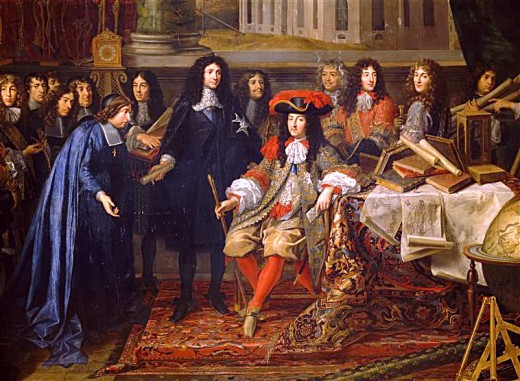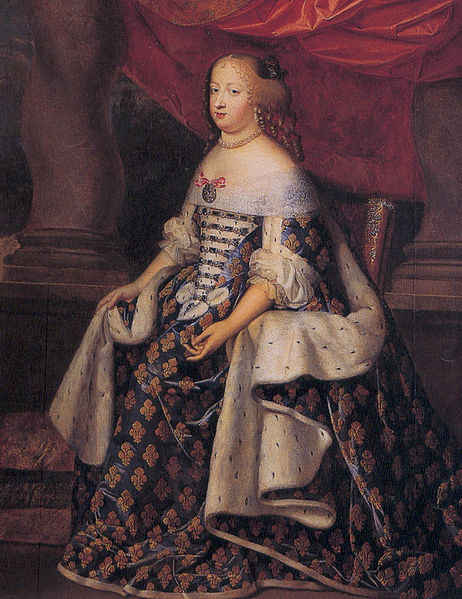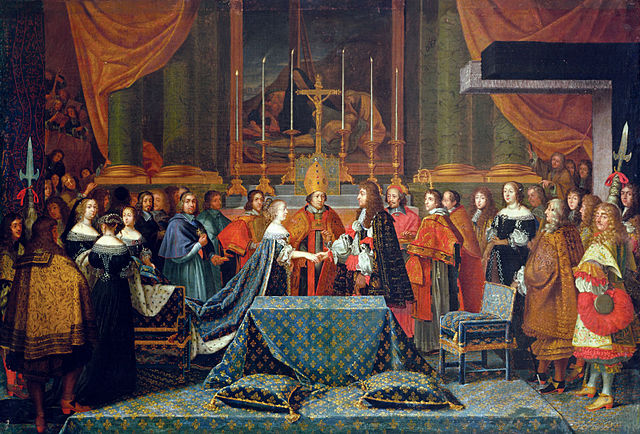Maroon societies is a term designating communities of runaway slaves in the Americas, the formation of which constituted a recurrent feature of the history of African slavery over nearly 400 years, from the first importation of African slaves in the early 1500s through the final abolition of slavery in the Western Hemisphere in Brazil in 1888. The term derives from the Spanish cimarrón, originally referring to feral cattle but by the early 1500s also signifying runaway slaves.
Maroon societies were most common in the Caribbean and Brazil but were also widespread in North America and elsewhere. To slave owners and ruling groups they represented a constant and serious challenge to the institution of African slavery generally, while to slaves they represented the possibility of life outside the shackles of the slave regime. Often called palenques in the Caribbean region and Quilombos in Brazil, they had a history closely linked to the hundreds of slave rebellions that also mark the history of the Americas.
Ranging from small nomadic bands to extensive settled communities of thousands of people that endured for decades, even centuries, on the fringes of the plantation economy, Maroon societies came into existence almost as soon as African slavery in the Americas did. Most of their members were African-born, as they reproduced many of the social and cultural features of their homeland in their new surroundings.
Among the first official acknowledgments of the existence of such communities was a report to the Council of the Indies from Hispaniola of March 1542, in which Archdeacon Álvaro de Castro estimated that 2,000 to 3,000 runaway slaves were at large on the island. A follow-up report of July 1546 described some of the island’s numerous Maroon communities, some hundreds strong, and the mixed
success of Spanish efforts to subdue them.
Often mixing with indigenous groups and allying with their slave masters’ enemies, Maroon communities displayed tremendous resilience in the face of persistent efforts to eradicate them and horrific punishments meted out to captured runaways, which included castration, amputation of limbs, branding, garroting, and burning alive.
The hinterlands of plantation economies throughout the Caribbean, Mexico, Brazil, North America, and elsewhere witnessed the formation of Maroon societies alongside the very introduction of slavery.
In Mexico, rapid Indian depopulation prompted colonists to import upward of 120,000 African slaves in the years between 1521 and 1650. Many thousands were compelled to work in the silver mines and ranches north of Mexico City centered on Zacatecas.
From the 1560s to the 1580s, a series of revolts and uprisings rocked the region, as runaway African slaves joined forces with besieged Indians to raid ranches and storehouses, attack travelers, and return to their hidden hamlets in caves, arroyos, and other places beyond the reach of the authorities.
Jungles of Veracruz
In the 1570s, the Crown issued a series of draconian laws intended to discourage such uprisings, which nonetheless failed to have the desired effect. In 1609, a rebel Maroon community in the jungles of Veracruz, led by Yanga, successfully negotiated a peace treaty with the Spanish authorities that granted them their freedom. Nearly a century later, the community was thriving. Slave uprisings and the formation of Maroon societies continued until the final abolition of slavery in Mexico in 1829.
Some palenques survived for decades, later becoming towns and municipalities, such as El Cobre in eastern Cuba, where a slave uprising in 1731 led to the creation of a stable community that 50 years later had a fugitive slave population of over 1,000 scattered throughout the Sierra del Cobre.
In 1800, following a recommendation of the Council of the Indies, the Crown declared the slave-descended inhabitants of El Cobre free. Other well-known palenques in eastern Cuba included El Frijol and Ciénaga de Zapata, which survived through much of the 19th century.
Despite their best efforts to extinguish such fugitive slave communities, colonial authorities were often compelled to negotiate with them—as in the district of Popayán in Colombia, where in 1732 the Audiencia of Quito authorized a local official to offer a treaty of peace to the palenque called El Castillo, granting its inhabitants their freedom if they would agree to accept no more runaway slaves. The palenque refused the offer, and in 1745 a series of military expeditions finally captured and defeated El Castillo.
More than a century earlier, in the early 1600s, in the Cartagena district of Colombia, a runaway slave named Domingo Bioho, claiming to be African royalty and adopting the title King Benkos, staged a series of raids on plantations and farms around Cartagena and founded a fortified palenque called San Basilio.
After defeating two expeditions sent to subdue his independent kingdom, in 1619 King Benkos negotiated a favorable treaty with the
Spanish authorities, only to be betrayed, captured, and hanged. Despite this setback, San Basilio survived for another century and was finally suppressed in 1713–17.
 |
| Slave hunt in Dismal Swamp area |
Similar episodes unfolded in the British and French Caribbean islands. In Martinique in 1665, a Maroon who called himself by his master’s name, Francisque Fabulé, led a group of 400–500 Maroons who staged repeated attacks against plantations and settlements. The French Sovereign Council negotiated a treaty with Fabulé that granted him his freedom and a promise that his band would not be punished. He was later condemned to life in the galleys.
In 1771, a decree of the Supreme Council of Martinique lamented the existence of fugitive slave communities on the island, where they had built huts, cleared land, and planted crops, and from which they sallied forth to commit various depredations. In the French island of Guadeloupe in 1668, the governor reported more than 30 Maroons living in Grande-Terre and recommended an example be made by capturing and beheading them.
Despite the authorities’ best efforts, however, the Maroon societies could not be eradicated. Nearly 70 years later in Guadeloupe, in 1737, a group of 48 Maroons led by one Bordebois was put on trial; eight were sentenced to be garroted. Similar events transpired on Jamaica, Antigua, Barbados, and other islands in the British Antilles.
North American Societiea
In British North America and, after 1783, the United States of America, Maroon societies formed and reformed repeatedly. There is evidence for at least 50 such communities during the period 1672–1864 in the mountains, forests, and swamps from Florida to Louisiana to Virginia.
Most notable among these were those in the Dismal Swamp area in the Virginia–North Carolina borderlands, where thousands of runaway slaves and their descendants survived repeated efforts to capture and subdue them. Sometimes Maroons allied with local Indians, forming mixed communities of Indians and fugitive slaves.
Other times Indian individuals and polities allied with Euro-American authorities, assisting them in their eradication efforts, as occurred among the Notchee Indians in South Carolina in 1744, in Georgia in 1772, and in other places.
Communities descended from Maroon societies can be found in many parts of the Americas. In the 1980s, it was estimated that more than 10 percent of the population of the Republic of Suriname was descended from six Maroon or “Bush Negro” communities or tribes that formed in the 1500s and waged a century-long war for liberation against the Dutch authorities before finally winning their freedom in 1762.
The collective memory of the modern-day descendants of such Maroon societies has provided fertile ground for historians, anthropologists, linguists, and other scholars interested in exploring this chapter of the history of Africans in the Americas.






























